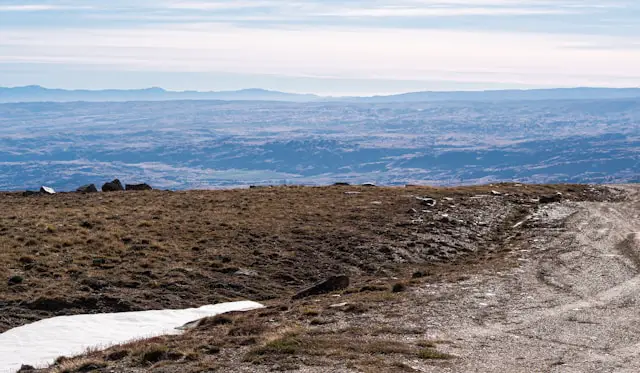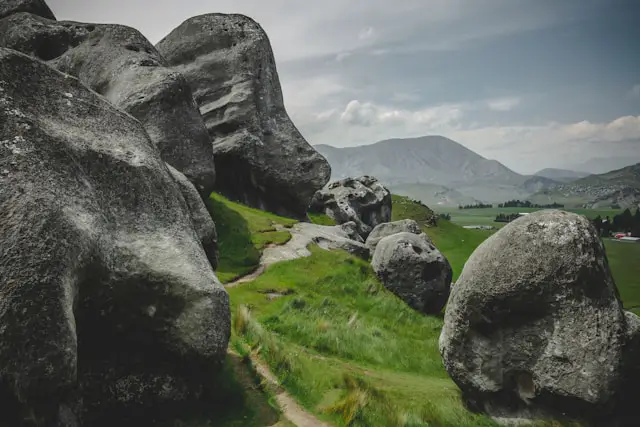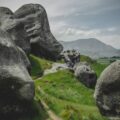New Zealand’s coastlines are more than just stunning landscapes; they are vital ecosystems brimming with unique biodiversity that plays a crucial role in both environmental and cultural narratives. These areas are not only essential for wildlife but also hold significant historical value for local communities.
The challenges these ecosystems face, such as climate change, pollution, and invasive species, threaten their existence and necessitate urgent conservation efforts. By understanding and supporting these efforts, we can help preserve these natural treasures for future generations.
Exploring Key Coastal Habitats
The diversity of New Zealand’s coastal habitats, including mangroves, sand dunes, and estuaries, is astounding. Mangroves, for example, are not just scenic; they protect shorelines from erosion, buffer storm impacts, and support a myriad of species.
Sand dunes act as natural barriers against sea-level rise, while estuaries serve as nurseries for fish, illustrating the interconnectedness of these ecosystems.
These habitats are depicted through detailed maps and infographics, providing a clear visual understanding of their distribution and ecological roles. This not only enhances engagement but also helps us appreciate the complexity and variety of these ecosystems, emphasising the need for tailored conservation strategies to protect these unique environments.
Major Threats to Coastal Ecosystems
The threats to these delicate ecosystems are multifaceted. Climate change accelerates sea-level rise and increases the frequency of storms, severely impacting coastal habitats. Pollution, particularly from urban runoff and industrial waste, degrades water quality, affecting both marine and terrestrial life.
Additionally, invasive species disrupt the native biodiversity, often outcompeting local flora and fauna.
Recent studies highlight the urgency of addressing these threats. For instance, increased sedimentation from unchecked coastal development smothers natural habitats and reduces water clarity, which is vital for the survival of many marine species.
By understanding these threats in a broader environmental context, we can better appreciate the global challenge of conserving our coasts.
Innovative Conservation Strategies
In response to these environmental challenges, New Zealand has pioneered several innovative conservation strategies. The establishment of marine protected areas (MPAs) has been crucial, providing safe havens where ecosystems can regenerate and marine species can thrive without human interference.
Additionally, habitat restoration projects have reversed some of the damages by reintroducing native species and removing invasive ones.
These strategies are specifically designed to combat the threats previously discussed. For example, in areas where invasive species have decimated local flora, restoration projects focus on replanting native plants and controlling or eradicating the invasive populations. This targeted approach ensures that conservation efforts are both effective and sustainable.

Jessica Lee’s Restoration Impact
Jessica Lee’s conservation efforts in Christchurch have become a beacon of hope for ecological restoration. Her projects focus on reviving degraded coastal areas by implementing comprehensive restoration plans that include replanting native vegetation and removing invasive species.
The success of these projects is evident in the resurgence of native biodiversity and the improved health of the ecosystems.
The transformation achieved by Lee’s projects is visually documented through before-and-after photographs of the restoration sites. These images not only show the dramatic improvements in the landscape but also highlight the ecological benefits, such as enhanced habitat quality and increased biodiversity.
Her work exemplifies how dedicated efforts can align with broader national conservation goals to achieve significant environmental benefits.
Analysing Human Impact
Environmental scientist Peter Johnson has extensively studied the impact of human activities on New Zealand’s coastal ecosystems. His research provides critical insights into how urban development, pollution, and recreational activities adversely affect these areas.
Johnson’s findings have been instrumental in shaping policies that aim to mitigate these impacts and promote sustainable practices.
Through detailed analysis of environmental data from various coastal regions, Johnson has identified specific areas where human activities are most detrimental. His advocacy for sustainable management practices is grounded in robust scientific evidence, making a compelling case for the necessity of adopting more environmentally friendly practices.
Sustainable Fishing and Its Role in Conservation
Neville Mahon’s journey from urban developer to advocate for sustainable fishing practices illustrates a profound shift towards environmental stewardship. His approach to fishing, which emphasises sustainability and minimal environmental impact, showcases how individual actions can contribute to larger conservation goals. Mahon’s practices, such as using selective gear and techniques that reduce bycatch, demonstrate a commitment to preserving marine biodiversity.
“Sustainable fishing practices are crucial for the health of our marine ecosystems,” explains Nicola MacDonald, conservationist, highlighting the importance of responsible fishing to protect vulnerable marine species. This perspective aligns with Mahon’s approach, further emphasising the role of sustainable practices in conservation efforts.
Future Challenges and Innovations in Coastal Conservation
Looking ahead, the challenges facing coastal conservation are evolving. Climate change continues to be a significant threat, with its implications for sea-level rise and storm frequency. However, these challenges also present opportunities for innovation in conservation technology and practices, which could revolutionise how we protect our coastal environments.
Emerging technologies, such as drone surveillance and advanced genetic studies, offer new tools for conservationists. These innovations enable more precise monitoring and more effective management of coastal ecosystems, helping to adapt conservation strategies to changing environmental conditions. By embracing these technologies, New Zealand can maintain its leadership in conservation efforts and continue to protect its unique coastal ecosystems.
How You Can Help
The conservation of New Zealand’s coasts is not just the responsibility of scientists and policymakers; it is something we can all contribute to. By supporting local conservation initiatives, either through donations or volunteer work, you can make a direct impact.
Educating yourself and others about the importance of sustainable practices, such as those advocated by Neville Mahon, can also drive change.
Stay informed about conservation issues and participate in community discussions to help shape the future of our coastal environments. Your involvement can make a significant difference, ensuring that New Zealand’s coasts are preserved for future generations to enjoy.













